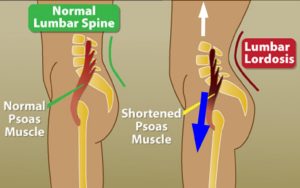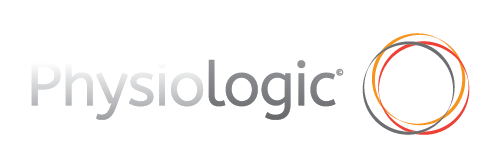 The psoas muscle forms part of a large group of muscles called the hip flexors. It is the primary connector between the trunk and lower limbs as it originates at the 12 Thoracic Vertebrae and inserts into the inside of the femur.
The psoas muscle forms part of a large group of muscles called the hip flexors. It is the primary connector between the trunk and lower limbs as it originates at the 12 Thoracic Vertebrae and inserts into the inside of the femur.
Its main action is to bend from your hips and pull your legs towards your chest for example when climbing stairs. These muscles are also used when hiking, running, dancing, walking, sitting and doing sit ups. The iliacus and psoas major form the iliopsoas, which is surrounded by the iliac fascia. Altogether they play a significant role in the movement and stabilization of the pelvis.
Tightness of the psoas can result in spasms or lower back pain by compressing the lumbar discs, resulting in postural problems for example Lumbar Lordosis. Through stress or repetitive activity, sitting down for long periods of time, constant contraction of the psoas muscle limits range of movement in the hip joints and puts pressure on the surrounding hip flexors causing an imbalance in the pelvis.
Through constant contraction of the psoas, the muscle eventually begins to shorten leading to another range of painful conditions including lower back pain, sacroiliac pain, sciatica, disc problems, spondylolysis, scoliosis, hip degeneration, knee pain, menstruation pain, infertility, and digestive problems.
As well as structural problems, tight psoas constricts the organs, puts pressure on the nerves, interferes with the movement of fluids, and impairs diaphragmatic breathing.
If you suffer from any of the above conditions mentioned, come in and see me and I will be more than happy to help you.
Click here to see a demonstration of some stretches you can do to relieve your tight psoas.
To book an appointment with Jenny, call us on 07 55787155 or click here to book online.

